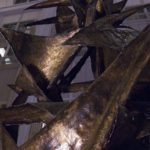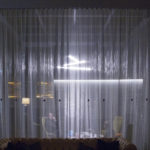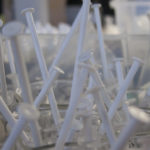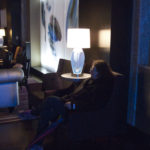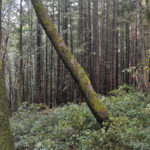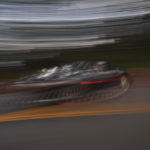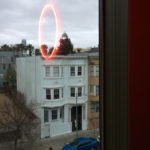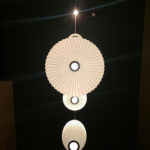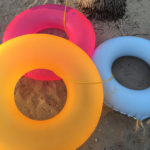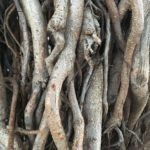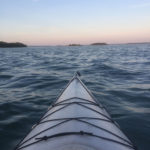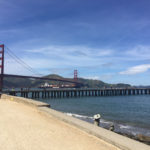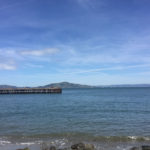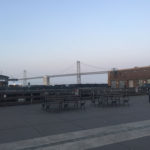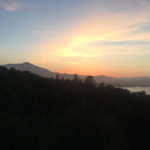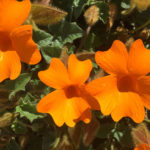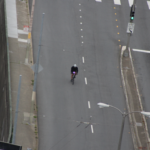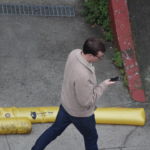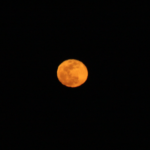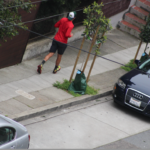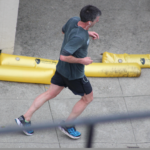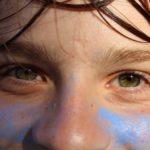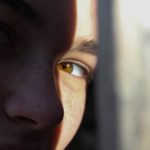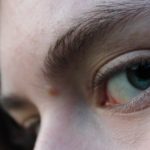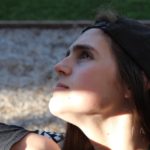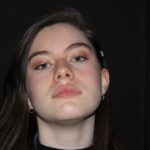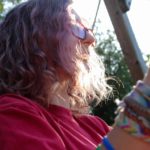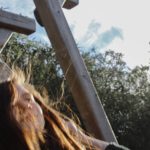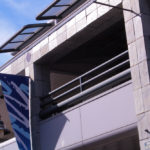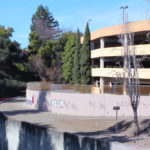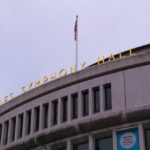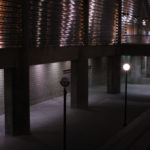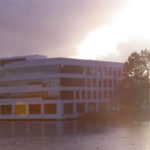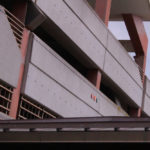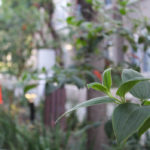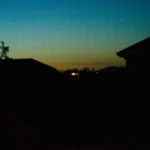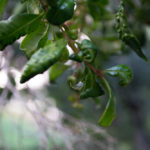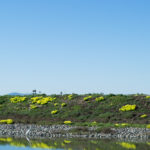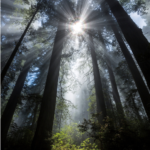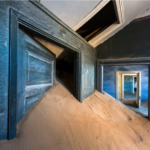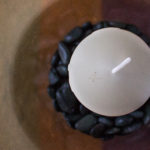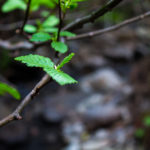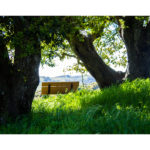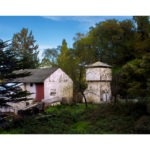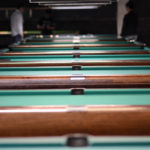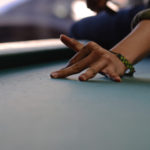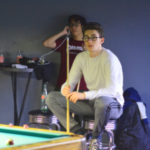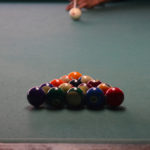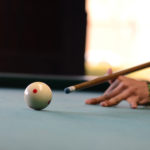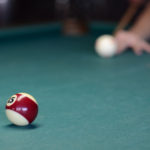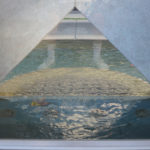Critique 2 – Miscellaneous
Cooper Mills Critique 2
The artist who most influenced my work this year is John Wall. Wall’s photography stood out to me for a number of reasons but foremost among them were his attention to coloration in landscapes and his distinction between hunting photography and farming photography. The latter is important to me because in the past, I have set shots up. However, this year I am trying to get out and capture things as I see them and building their aesthetic in their natural environments. In this collection I also tried to capture landscapes with an attention to the relationship between the color of the different elements of the photo.
In my opinion, the main things that bring this collection together are two dichotomies: natural vs man-made and circular vs angular. All of the photos in the collection are quite similar in framing and content to at least couple others with the exception that some are photographs of natural landscapes or objects while others are man-made buildings or objects. An example of this is the Golden Gate Bridge photo and the sunset photo in which one is man-made and another is entirely natural yet each have two central leading lines that diverge slightly from each other as they lead down the image. The circular/angular dichotomy is kind of like the previous dichotomy. Photos in similar settings have very different central shapes such as the surfboards and the beach tubes.
freedom
Critique 2 Ina
Artist Statement:
In this body of work, I wanted to look at the classic deadpan portrait fragmented or disguised. Classically, this is more emotional work, which is a departure from previous almost analytical portraiture. The focus on eyes is almost accidental, as they are the culmination of all the emotion on the face, but in retrospect, that’s no accident.
This sort of portraiture catches people closer to how they want to be seen, a great façade of sorts, and contrasting that with previous deadpan work yields fascinating comparison. The difference between internal and external will undoubtably vary in each person, and it is fascinating how from the outside or inside alone, it is impossible to tell how far the one has departed from the other.
In conclusion, this series is trying to get at the other half. It is impossible to capture a person from just their deadpan, or just their masked, and if the whole goal of portraiture is to indeed capture a person, I want to start doing it with multiple images, to mimic the human nuance.
Artist that inspires me:
I suppose there is a little bit f everyone. As always, a variety of people inspire me. I cannot say that I work off of the work of one particular photographer or look to be like others in style of technique. It is more in specific pictures that I find somebody else’s work reflected. For example, the photo of my mother on the beach screams of a particular Jean-Daniel Lorieux to me. Most of these were experimental, I’m still trying to find a particular aspect of portraiture that calls to me, outside of the deadpan work described by Sugimoto and Ruff, so not too many people are as heavily ingrained.
Critique 2 – Will Korsh
A photographer that I admire is Jun Song, a Korean skateboarder and Instagram personality. His photos have a similar air of emptiness that I am trying to achieve in my photos, and his stark, clean landscapes have a certain futuristic appeal. Although he deleted most of his work from his Instagram page, I was able to find a couple photos, though they don’t do his body of work justice.
As you can tell, Song has a knack for finding clean, almost sterile landscapes with great lines and shapes, something I aspire to be able to do.
As for my photographs, I wanted to try to take photos of urban environments that feel especially desolate and futuristic, yet nostalgic of the era of the early 2000s, and the mentality of an “urban hell”. It’s hard to describe the feeling I want my photos to evoke, but I would like them to be something lonely and nostalgic, like a walk through an old vacant mall, or looking at an overly-sci-fi’d commercial from the early 2000s.
In this critique, I think my photos formed a contrast between stark, foreboding concrete structures, mixed with splashes of color from other landscapes. I also tried to further enhance the “emptiness” aspect of my photos, working on finding large spaces with no people in them.
Jake Critique 2
My inspiration was Bill Owens, particularly his “Hayward” collection. He is a suburban photographer who looks at a combination of residential and commercial scenes. In this project, I looked to investigate our built suburban environment and how it deals with/changes nature. My photos range from more urban to more natural, but most look to strike the suburban balance of our artificial constructions and the natural.
“Blind Spots” – Critique 2 – Thomas
Inspiration: Gerhard Stromberg
Stromberg’s photography can be characterized by deadpan shots of natural landscapes. His work appeals to me because of the lack of a definite subject. The absence thereof is empowering as it allows audience members to critically engage with the backgrounds and create their own stories.
On that point, in search of society’s “spectacles,” we oftentimes overlook finer details. My collection “Blind Spots” was an attempt to bring these details to the foreground. Throughout the course of this assignment, I experimented with negative space – I put the focus on my subjects (ranging from spiders to airplanes) on hold, and instead, captured the interactions of the different elements around it (such as lighting and setting).
Critique 2 – Matt S
Artist Who Inspired My Work: Ian Plant.
I appreciate Plant’s photography because of the sublime aesthetic beauty of his images and his willingness to bring unique perspective to his dynamic subjects. I also find his use of color exceedingly effective.
While my images are varied, they all attempt to appreciate the unique beauty in both natural and built environments from novel perspectives. The focus of my body of work was to explore light and color to produce vibrant images on diverse scales. My photography ranges from the very small (water droplets) to the relatively large (sunsets). The images play with the interaction between humanity and nature by showcasing the similar aesthetic present in both worlds.
Digital Uploads:
Prints:
Critique 2 – DoF
Artist: Jim Zuckerman
Jim Zuckerman is a photographer who has taken natural and cultural images from around the world — many of which utilize depth of field. Depth of field is when the camera focuses on the area between the nearest and furthest objects. I was inspired by how he flawlessly integrated this technique into his photographs and decided to try and experiment with it. For my project, I took images while playing pool. I figured this would be the perfect setting to test out DoF, since I could capture various angles and the billiards would add a much-needed splash of color. I also included a few other photos that utilized DoF, but didn’t follow the theme of pool tables.
